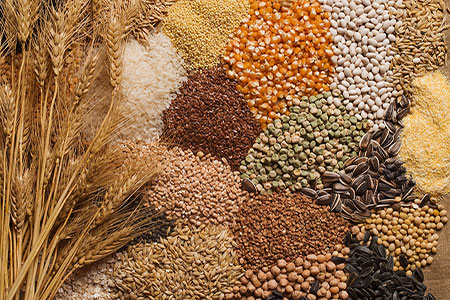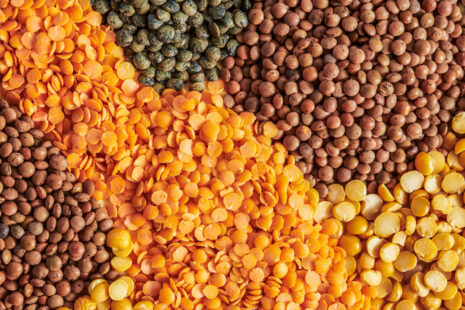
DOMESTIC UPDATE
After several years of reduced output owing to drought, Australia’s grain production is expected to rebound in 2020-21. The country is a prominent player on the global stage, with many of its grain and oilseeds industries geared toward export. The country’s wheat crop for 2020-21 is expected to be 28.4 million tonnes, increasing from 27.5 million forecasted a month ago and 15.2 million the previous year. Corn production is expected to reach 400,000 tonnes, which is steady from the prior projection and higher from 200,000 tonnes the previous year. Barley production is now expected to reach 10.9 million tonnes in 2020-21, up from a previous prediction of 10.5 million and 9 million the previous year. Sorghum production is expected to reach 1.7 million tonnes, up from 1.4 million and 300,000 tonnes the previous year, according to the IGC.
The International Grains Council (IGC) forecasted Australia’s overall grains production in 2020-21 at 43.3 million tonnes, up from 41.6 million a month earlier in its Grain Market Report. The overall crop for the previous year was 25.7 million tonnes. Furthermore, export infrastructure in South Australia is continuing to expand, with a new facility on the Eyre Peninsula set to open soon, which will be used to trans-ship grain into large vessels for export. There hasn’t been any increase in on-farm storage in these two states because of the strong export focus and low storage fees from the main bulk handlers. Eastern wheat-growing regions like New South Wales and Queensland, on the other hand, are far more concentrated on the domestic market.
On the west coast of the United States, the Port of Oakland is constructing an off-dock container facility to store and redistribute empty containers. The port authority stated that it was working to improve terminal capacity and provide greater access to containers for the west coast agricultural export community in the United States. Last year, hectares of stalled cargo containers in US west coast ports like LA and Longbeach garnered international headlines, putting global trade at a disadvantage.

In news that is welcomed by all those who are in the field of agriculture, India has decided to cut its lentil tariffs from thirty per cent to ten per cent. These taxes were put into place by the Indian government to support the domestic farming community present in the country. However, in the recent […]
Read More →
With the recent heavy rains and flooding throughout the eastern seaboard, there’s never been a better moment to evaluate contours, whoa-boys, headlands, and cover cropping strategies to prevent valuable topsoil from vanishing into the neighbor’s paddock. Growcom has teamed up with Fitzroy Basin Association (FBA), a regional natural resource management (NRM) organisation, to host a […]
Read More →
With its Chippy Apples product, a Victorian food production company is promoting a balanced diet and decreasing the waste of fresh produce. The improvement of nutrition in youngsters, who are known for being “picky eaters,” is the company’s primary focus, according to Phil Gomizel, managing director of Pipan Foods, who has a history in food […]
Read More →